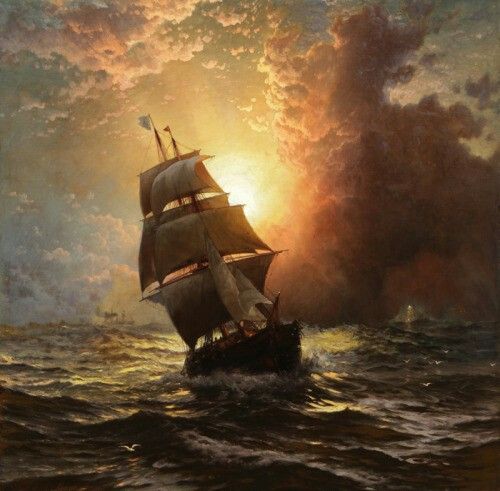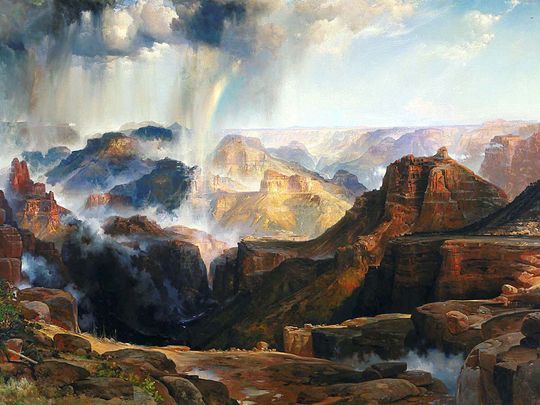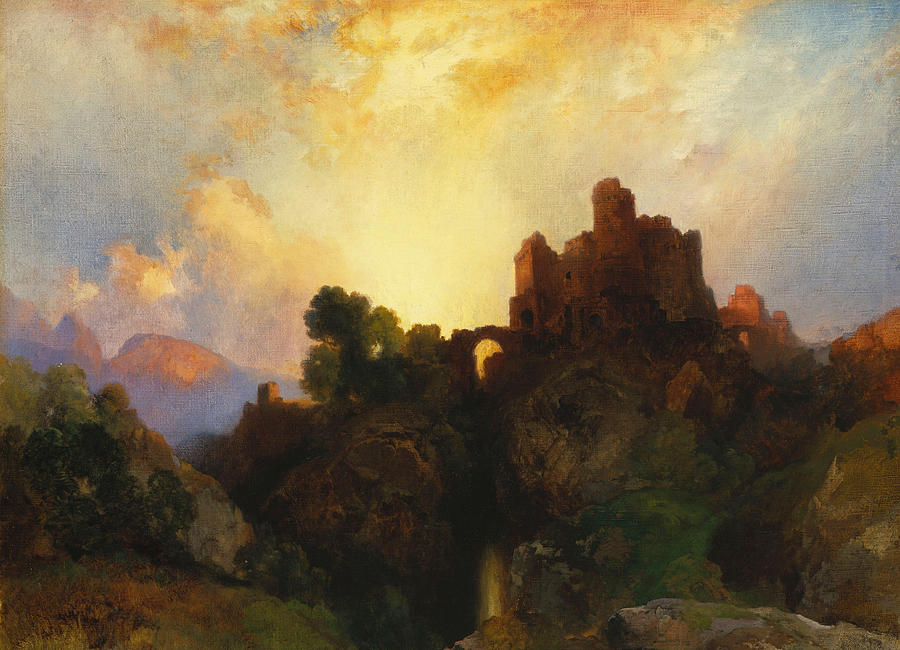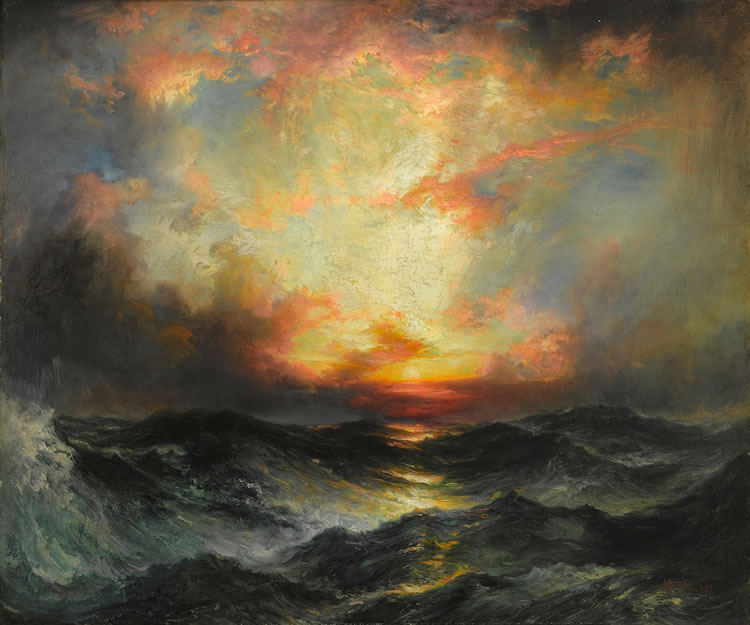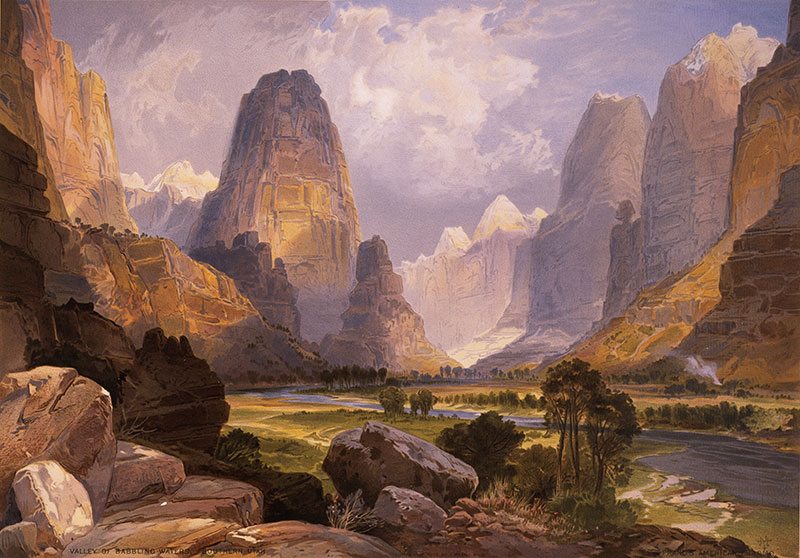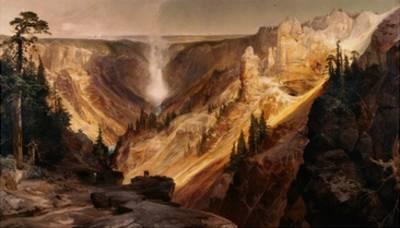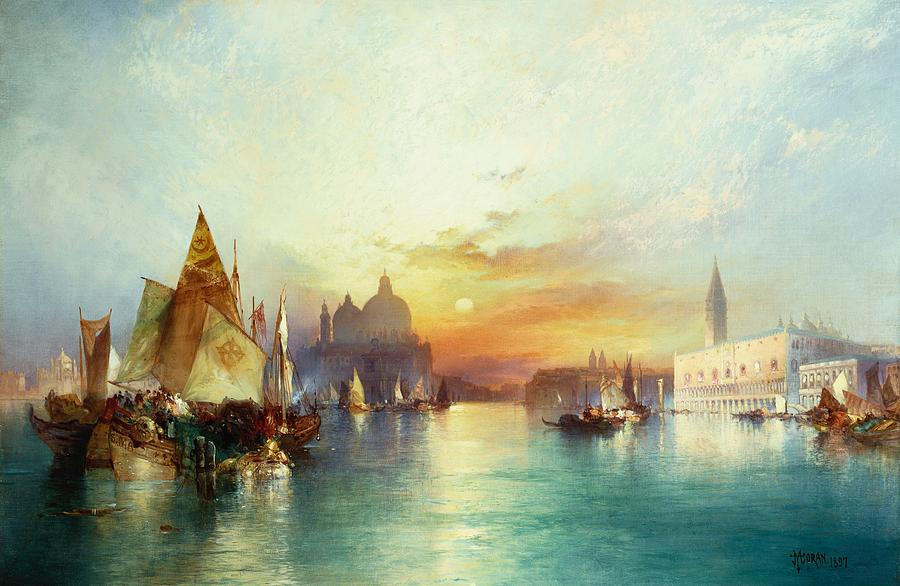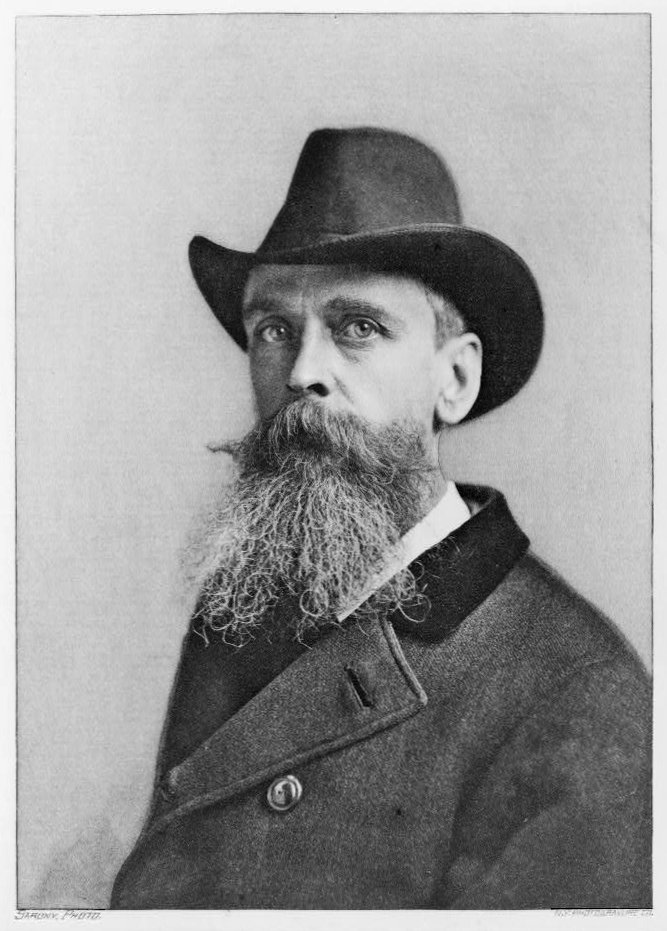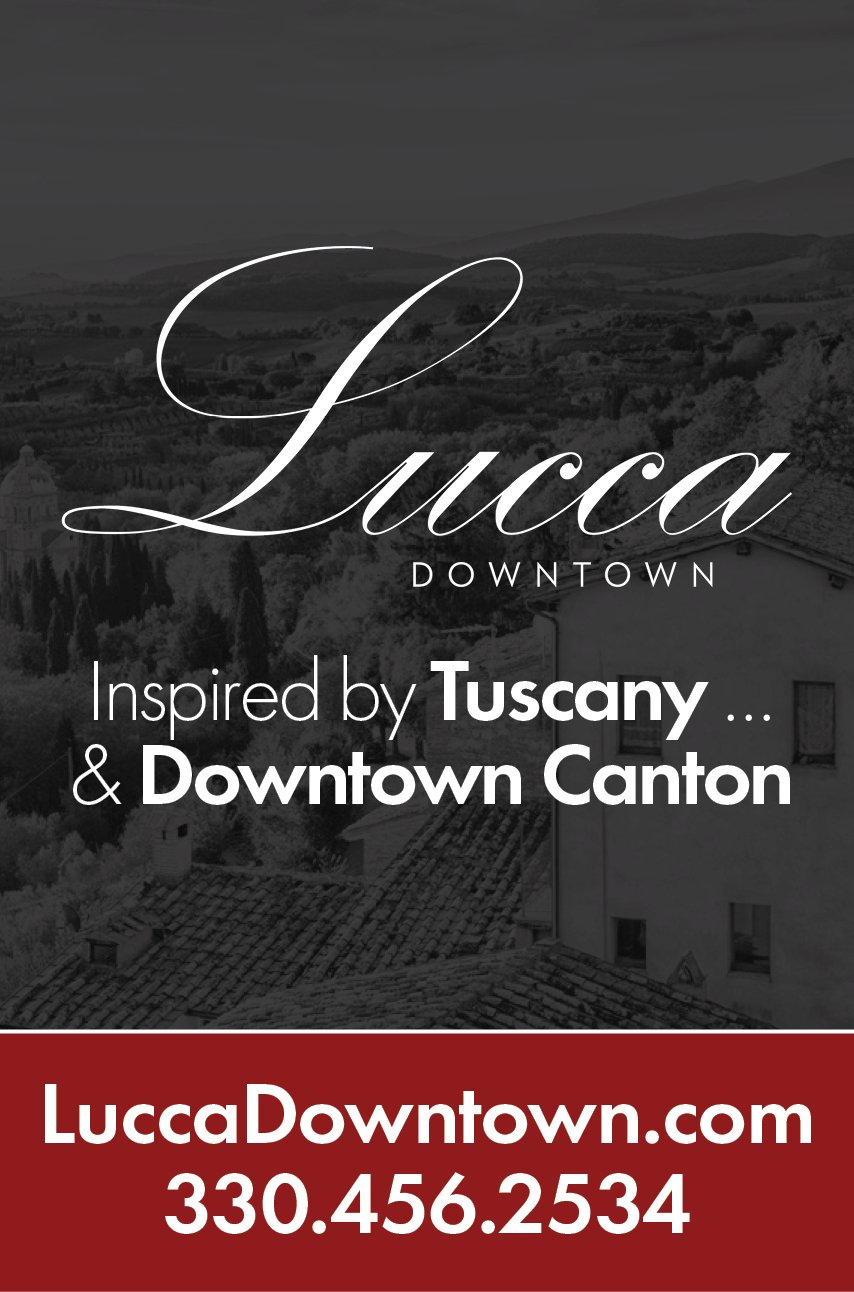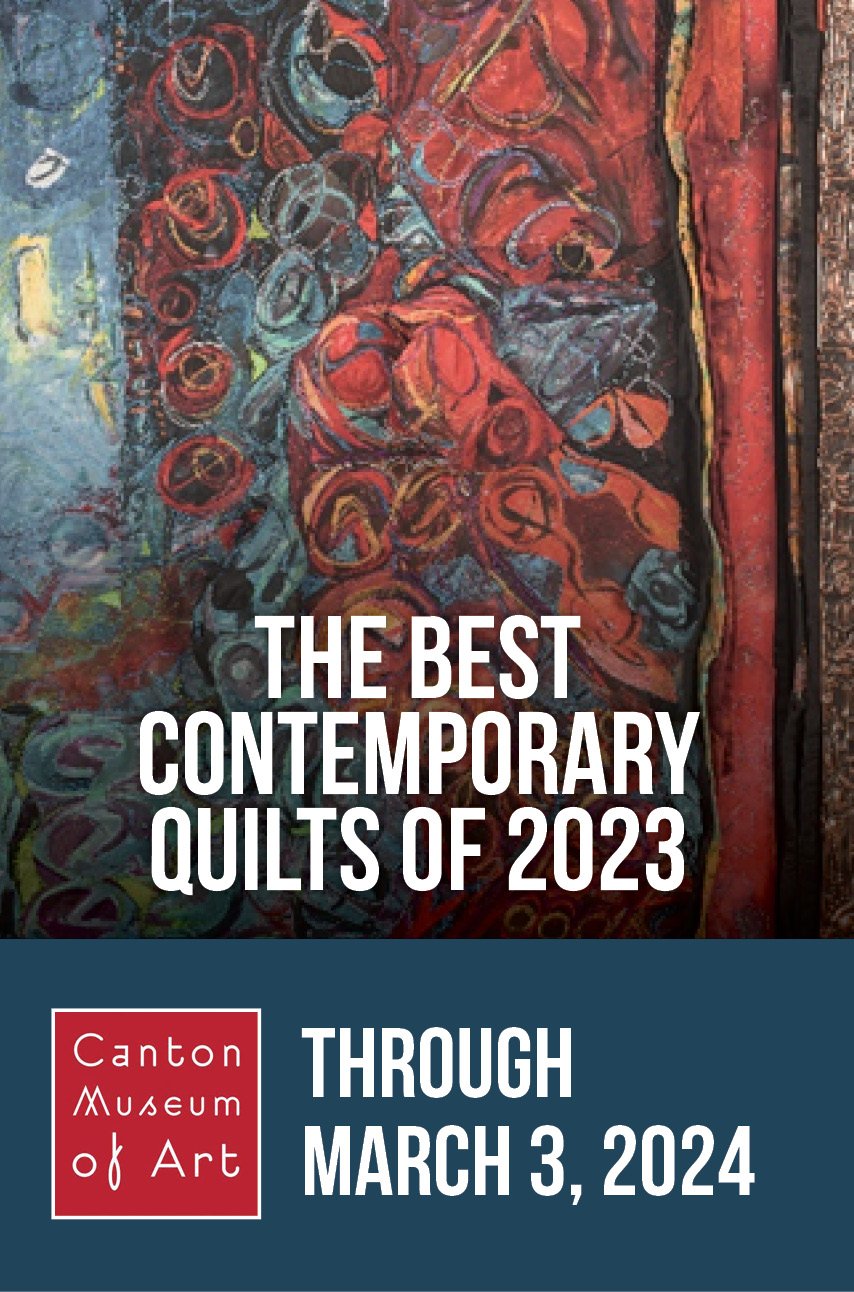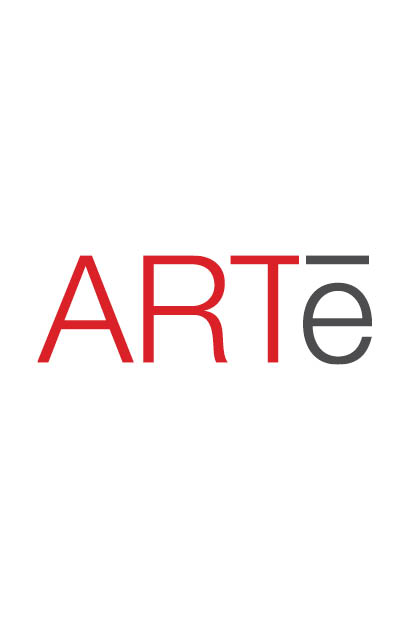Thomas Moran • American (1837-1926)
Sunset, Venice C: 1895 • Oil on Canvas 19-7/8" x 29-3/4"
The three men sat around a campfire surrounded by the quiet beauty of the Yellowstone Wilderness. The meat of a Blacktail deer sizzled as beads of fat dropped into the open blaze. Stars shone so bright the tall pines cast shadows across the still mountain lake. One man, an artist, would later paint what he saw on that trip, creating canvases so beautiful the U.S. Congress created Yellowstone National Park without ever seeing it for themselves.
You could well say that, If it weren’t for the invention of the mechanical weaving loom, hundreds of millions of Americans, and visitors to our country, may never have been allowed to visit the natural wonders of Yellowstone Park. Old Faithful geyser may have been nothing more than folklore. The Grand Canyon of the Yellowstone and Yellowstone Lake would exist to most people only in photographs. You might well say that Yellowstone Park would not exist if two handloom weavers in 19th Century England hadn’t lost their jobs to mechanical weaving looms
The hand weavers important to this story were the father and mother of Thomas Moran. With no jobs and few prospects in England, they sailed to America settling outside of Philadelphia. There they raised a brood of artists so talented they were collectively known as the Twelve Apostles. Son Thomas was chosen to accompany the Ferdinand Hayden Expedition as they explored the Yellowstone Territories and paint what he saw. Moran’s paintings were so powerful they played a large role in convincing the U.S. government to create the first National Park – Yellowstone. Thank you, Thomas Moran.
INTERESTING STORIES FROM OUR SPONSORS

Now, look at Moran’s painting of Venice at the Canton Museum of Art, and consider that his $20,000 sale of two Yellowstone paintings, still hanging in the U.S Capitol, financed a family trip to Venice where he bought a gondola, shipped it to his American studio where it modeled for a series of Venice paintings done after 1890. All roads lead back to Yellowstone.
Toward the end of his long life, Moran wrote: “It has often occurred to me as a curious fact, that American artists are prone to seek the subjects for their art in foreign lands … and no foreigner can imbue himself with a spirit of a country not his own. Therefore he should paint his own land.” Despite his many beautiful paintings of Venice, Thomas Moran made his bones painting the American West, a pristine wilderness he explored with two significant government-funded geological expeditions. Each time he returned to life back east with his wife and children. His wife, artist Mary Nimmo Moran (ARTe 11/08/15) was his equal as an artist. So talented, she was also considered one of the 12 Moran Apostles. Only after her death in 1899, did Thomas Moran journey west for the last time, settling in picturesque Santa Barbara, at the foot of the Santa Ynez mountains.
Today, Moran’s diary, art supplies, eyeglasses, pistol and sketchbook sit in a display case at Yellowstone National Park, gifts of Moran’s daughter, Ruth. Stop by on your next trip and remember to say, “Thanks.” Or, stop by the Canton Museum of Art and say, “Wow!”
Canton Museum of Art Permanent Collection • Gift of Marie Bowman Hoover & W. Henry Hoover 995.7
4 Ways to Sound Smart When Viewing at The Canton Museum of Art
1.
“Moran, along with his brothers, nephews and wife, were collectively known as the 12 Apostles of Philadelphia Art. Family gatherings must have been fun.”
2.
“Although he strongly believed that artists should concentrate on painting their native land, he created a series of well regarded paintings of Venice after 1890. This is one.”
3.
“His wife, Mary Nimmo Moran, was one of the better known American artists. She ran the family studio and is thought to have created many of the etchings attributed to her husband.”
4.
“After seeing Moran’s paintings of the Yellowstone Territories, the U.S. Congress was inspired to create the first National Park – Yellowstone. Thank you, thank you, thank you, Thomas Moran.”
Thomas Moran Timeline. Scroll over images to see timeline.
